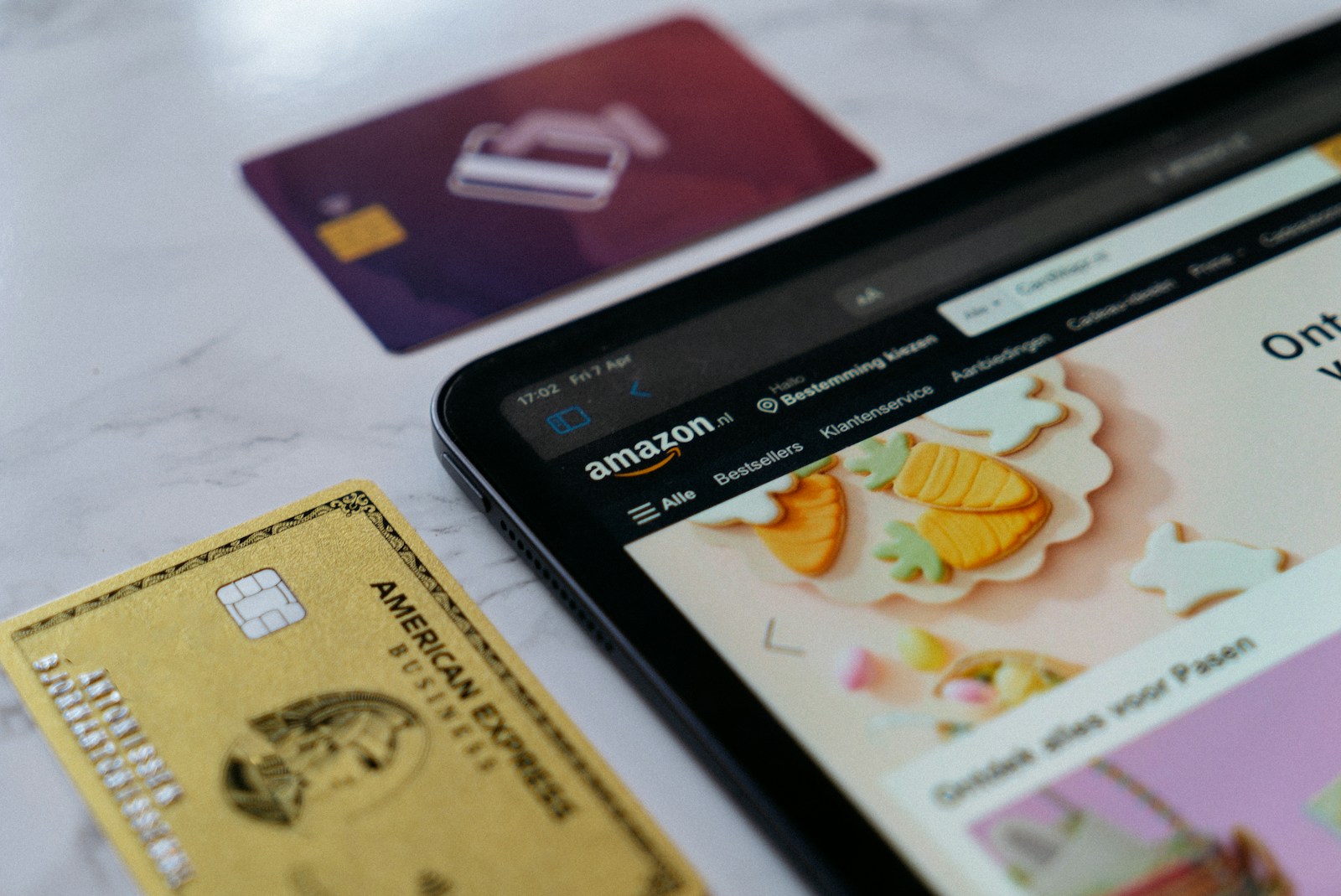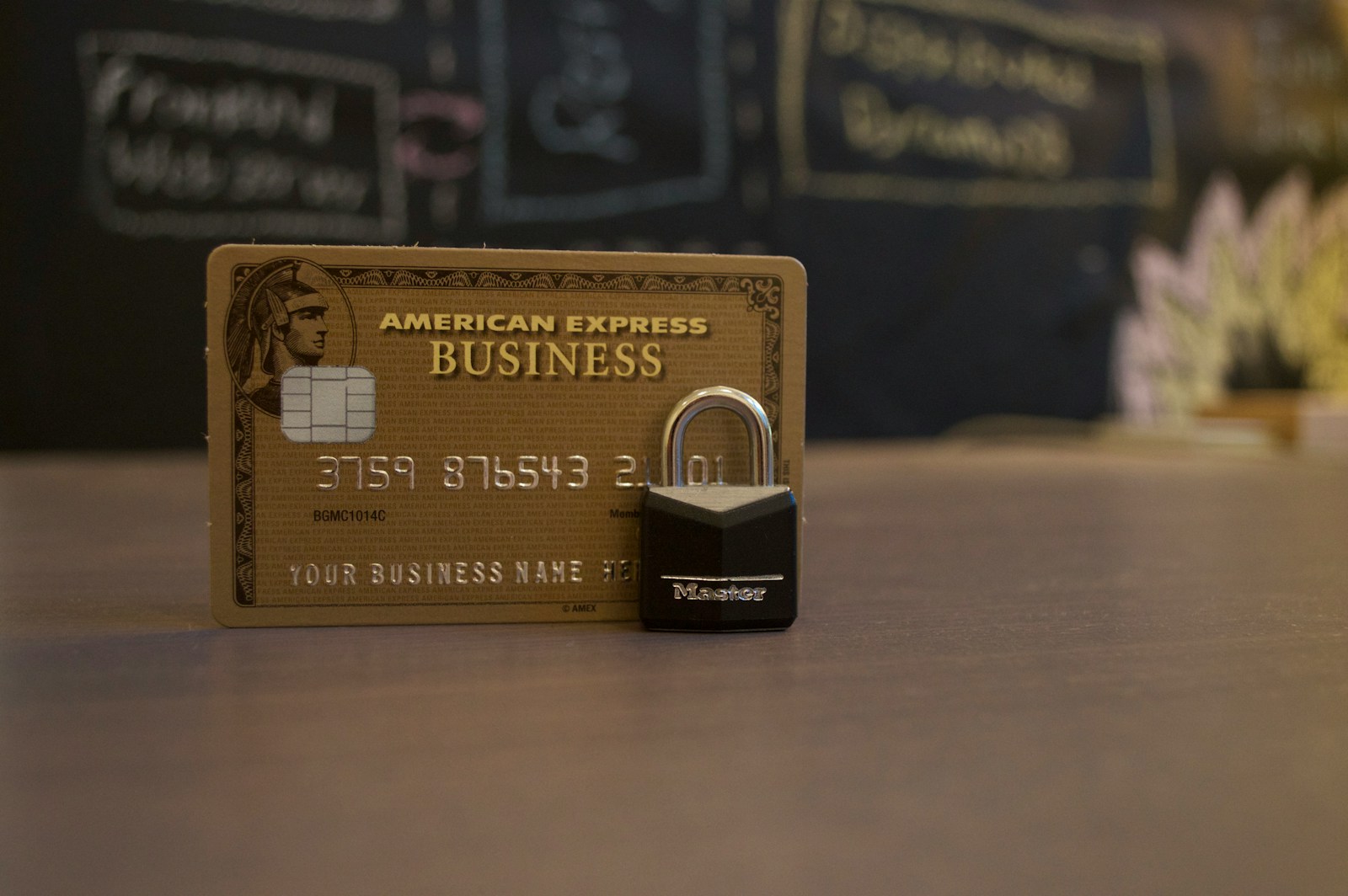Did you think about why digital payment and online payment fraud increased to 18% in 2024 alone? With the growth of digital wallets and immediate payment, fraud, hacking of data, and account hacks are also on the rise. But if you are not careful, every tap or scan can provide an opportunity for hackers.
In 2025, digital payment security can not be taken for granted; it’s a necessity. You will face online payments every day, such as paying for groceries or managing your business finances. In this blog, you will find how to use AI in Fintech to make digital transactions smarter and safer, helping users trust their payments again.
The Rise of Digital Payments: Convenience Meets Risk

Digital wallets, mobile apps, and contactless cards have changed how we spend. They’re quick and easy but also targeted by cybercriminals.
- Phishing emails trick users into giving away bank details.
- Fake payment links look real but steal login data.
- Data breaches expose private financial information.
As cashless payments rise, so does risk. This is why digital payment security must be a personal habit, not just a business responsibility.
Understanding Digital Payment Security in Simple Terms

Digital payment security means keeping your online money safe from fraud or theft. It includes:
- Encryption to protect data during transactions.
- Authentication to verify users.
- Fraud detection systems that track suspicious activity.
Here’s where AI in Fintech makes a big difference:
- It spots unusual transactions before users even notice.
- It learns patterns to predict and block fraud.
- It sends alerts instantly when something looks off
These smart tools help prevent losses and make online payments safer for everyone.
Top Digital Payment Security Tips for 2025
1. Use Multi-Factor Authentication (MFA)
To stay ahead of time and to be more cautious, we need to implement and add an extra security step, like a fingerprint or a code. It makes it harder for hackers to access your account, even if they know your password.
2. Keep Software and Apps Updated
Old apps can have bugs that hackers exploit. Update your phone, browser, and banking apps often to fix security holes.
3. Watch Out for Scams and Phishing
Stay updated and identify deepfake voices and spam texts that are used by cybercriminals. Never disclose your login credentials or OTP, and always verify the sender’s information.
4. Use Secure Connections Only
Avoid public Wi-Fi for online payments. If needed, use a VPN or your mobile data instead.
5. Monitor Your Transactions Frequently
Turn on instant alerts. If a suspicious payment appears, report it immediately. AI-based payment fraud detection systems can also track activity in real time.
6. Choose Trusted Platforms and Apps
Stick to apps with strong encryption and verified reviews. Look for PCI DSS compliance badges. Infor Vias integrates reliable security tools that help ensure safe payments.
7. Educate Yourself and Your Team
Most frauds happen because of human error. Stay informed, attend security webinars, and teach your team the basics of safe online habits.
Fintech’s Use of AI: Redefining Data Security

In 2025, the rate of cybercrime is too high, and AI in Fintech sets the pace for how to fight cybercrime. It’s not imaginary or idealistic; it’s a smart security system that safeguards you in real time.
- AI-driven fraud detection tools scan millions of transactions every second.
- Machine learning identifies strange spending patterns instantly.
- OpenAI keeps user management secure through secure payment steps.
AI strikes a balance between speed and security, allowing faster and more secure digital transactions than ever.
How Businesses Can Learn a Culture of Security
For businesses, digital payment security must be part of company culture. It’s not just about tech, it’s about habits and awareness.
Key practices include:
- Regular employee training on cyber hygiene.
- Using AI-powered fraud detection tools.
- Setting up secure payment gateways.
Cybersecurity helps organizations build secure digital frameworks that earn customer trust and prevent long-term damage.
Future Trends: What’s Next for Digital Payment Security
The future is bright and safer. Expect to see:
- Biometric logins using face or fingerprint scans.
- Blockchain payment verification for better transparency.
- Quantum-proof encryption to stay ahead of new cyber threats.
As AI in Fintech keeps improving, payment security will become more personal, intuitive, and dependable.
Final Thoughts
Staying safe online isn’t hard; it just takes awareness. Simple steps like using MFA, updating apps, and trusting secure platforms can protect your money.
And with AI in Fintech and payment fraud detection tools from Infor Vias, your digital payments can stay one step ahead of cybercriminals.
Security starts with awareness, and Infor Vias helps you build it.
Ready to protect your digital wallet?
Infor Vias will help individuals and businesses stay one step ahead of online fraud with smart AI in Fintech and advanced digital payment security tools.
Visit Infor Vias to explore more insights, tools, and expert advice for safer transactions in 2025.
FAQs
What is the safest method to make digital payments online?
Use reputable apps, turn on MFA, and make sure the URL begins with “https” at all times to keep ahead of the game.
How is payment security advanced by AI in Fintech?
It rapidly alerts clients to stop losses, learns from prior threats, and catches fraud in real time.
What should I do if my digital wallet is compromised?
Freeze your account, change passwords, and contact your provider right away. Report any suspicious charges immediately.
Ready to take your creativity to the next level? Explore Trends Ideas
and discover what’s shaping the future of digital innovation!
